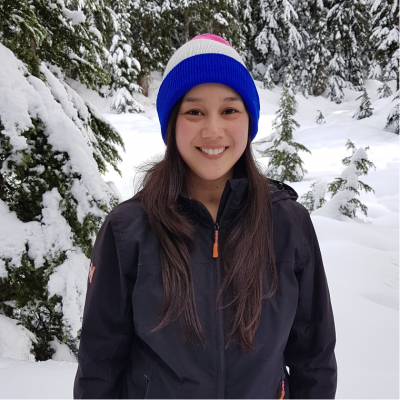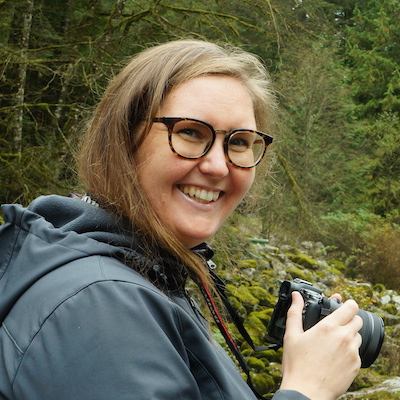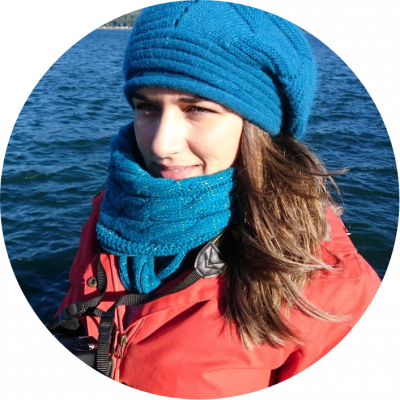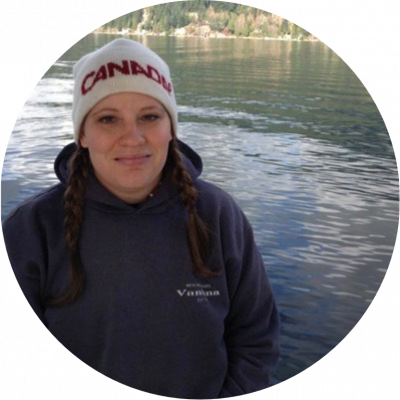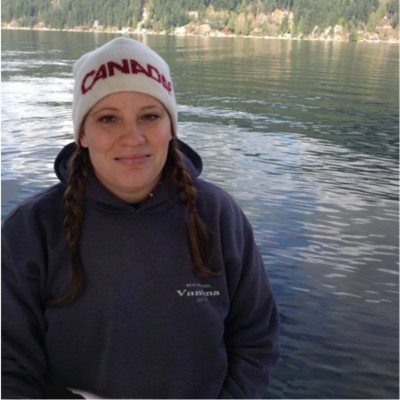Juliano Palacios Abrantes
Juliano Palacios Abrantes
Postdoctoral Fellow; Changing Oceans Research Unit
Email: j.palacios@oceans.ubc.ca
Juliano Palacios Abrantes’ work looks at how climate change is shifting the distribution of marine species generating uncertain feedbacks on marine ecosystems and dependent fishing communities. Specifically, he looks at how such shifts affect shared stocks (e.g., stocks that are… Read More
Patrick Pata
Research Area
Daomin Peng
Research Area
Olivia Rhoades
Research Area
Anna Schuhbauer
Anna Schuhbauer
Postdoctoral Fellow; Fisheries Economics Research Unit
Email: a.schuhbauer@oceans.ubc.ca
Dr. Schuhbauer has been part of the Fisheries Economic Research Unit since 2012. Her expertise in the field of fisheries spans from transdisciplinary research approaches, such as working with small-scale fisheries at a local scale, to developing high-level theoretical research frameworks at the global scale. Her work predominantly focuses on socio-economics and social-ecology, addressing both practical and theoretical aspects of fisheries.
Kristen Sora
Kristen’s (she/her) PhD research topic encompasses multi-stressor impacts on the Canadian Beaufort Sea marine ecosystem at various biological scales. Specifically, she will develop and apply food web models and associated indices using the platform Ecopath with Ecosim (EwE) to understand system dynamics. The food web models will investigate possible changes in the Beaufort Sea ecosystem structure and function under changing environmental and human… Read More
Rhea Storlund
Dr. Storlund is a comparative ecophysiologist and ocean science communicator. She studies the physiological adaptations that enable marine mammals to dive and hold their breath for extraordinary periods, while also training others to share ocean science effectively with diverse audiences.
Genyffer Troina
Dr. Troina investigates the trophic and spatial ecology of marine top predators. She has been applying natural chemical tracers to learn about the foraging ecology and habitat use by marine mammals, how sympatric cetacean species compete for available resources, and how human-induced changes can affect the structure and dynamics of marine pelagic ecosystems. Read More
Beth Volpov
Dr. Volpov focus is on bioenergetics, heart rate, physiology, foraging ecology of marine mammals, biologging, statistical analysis and R coding with a focus on LME, GLMM, GAMM models, and “big data”. For more details: https://mmru.ubc.ca/personnel/beth-volpov/
Research Area




